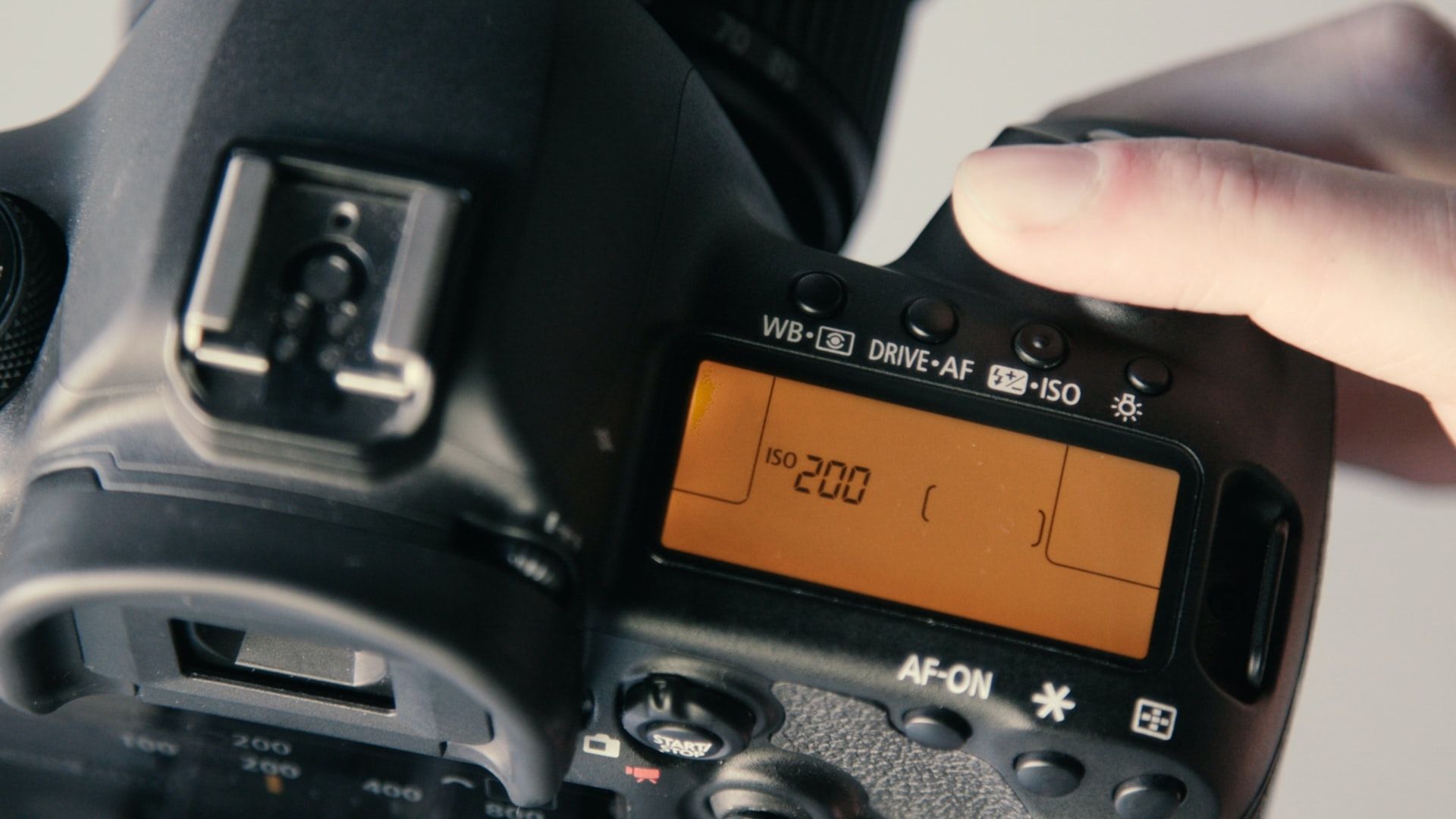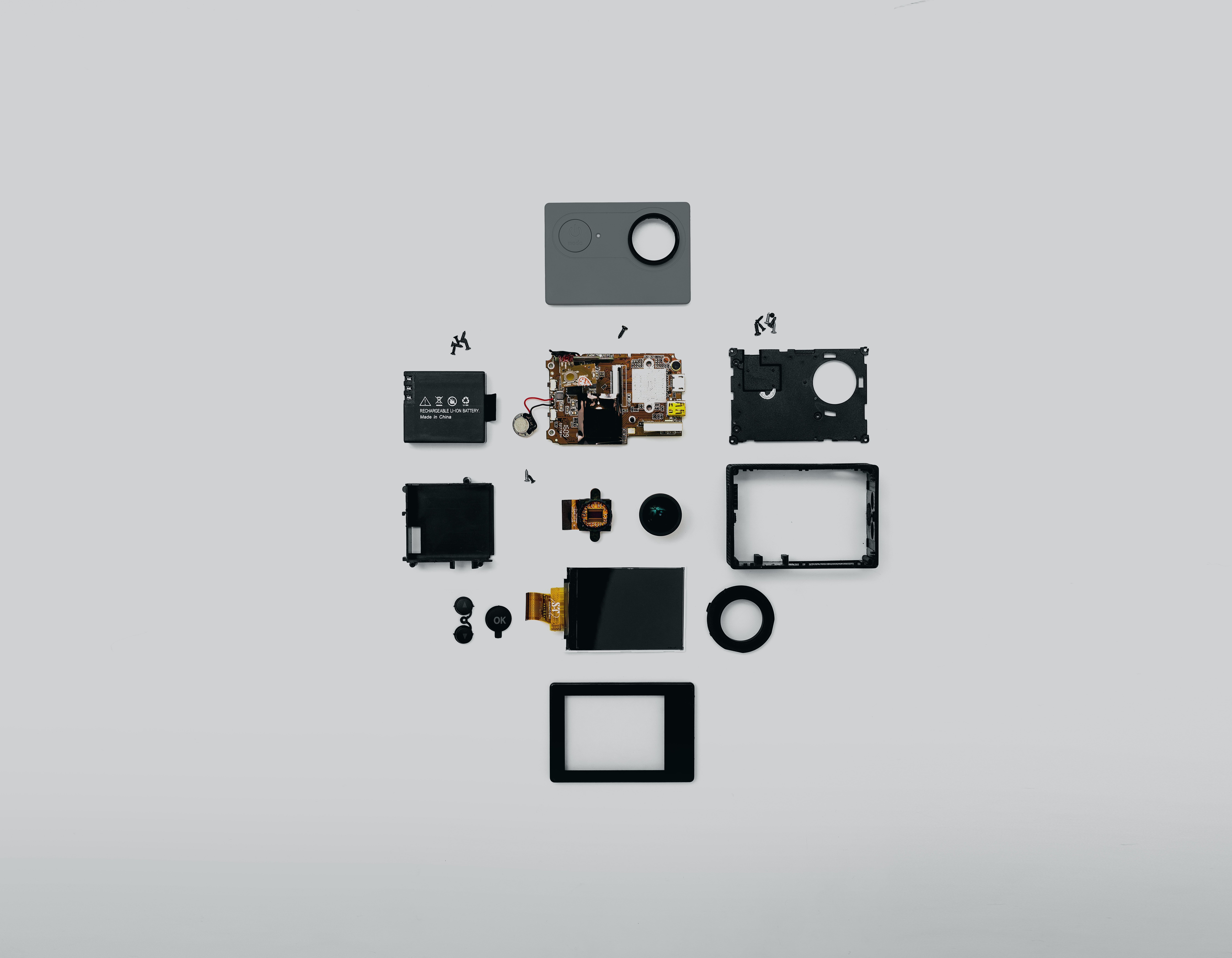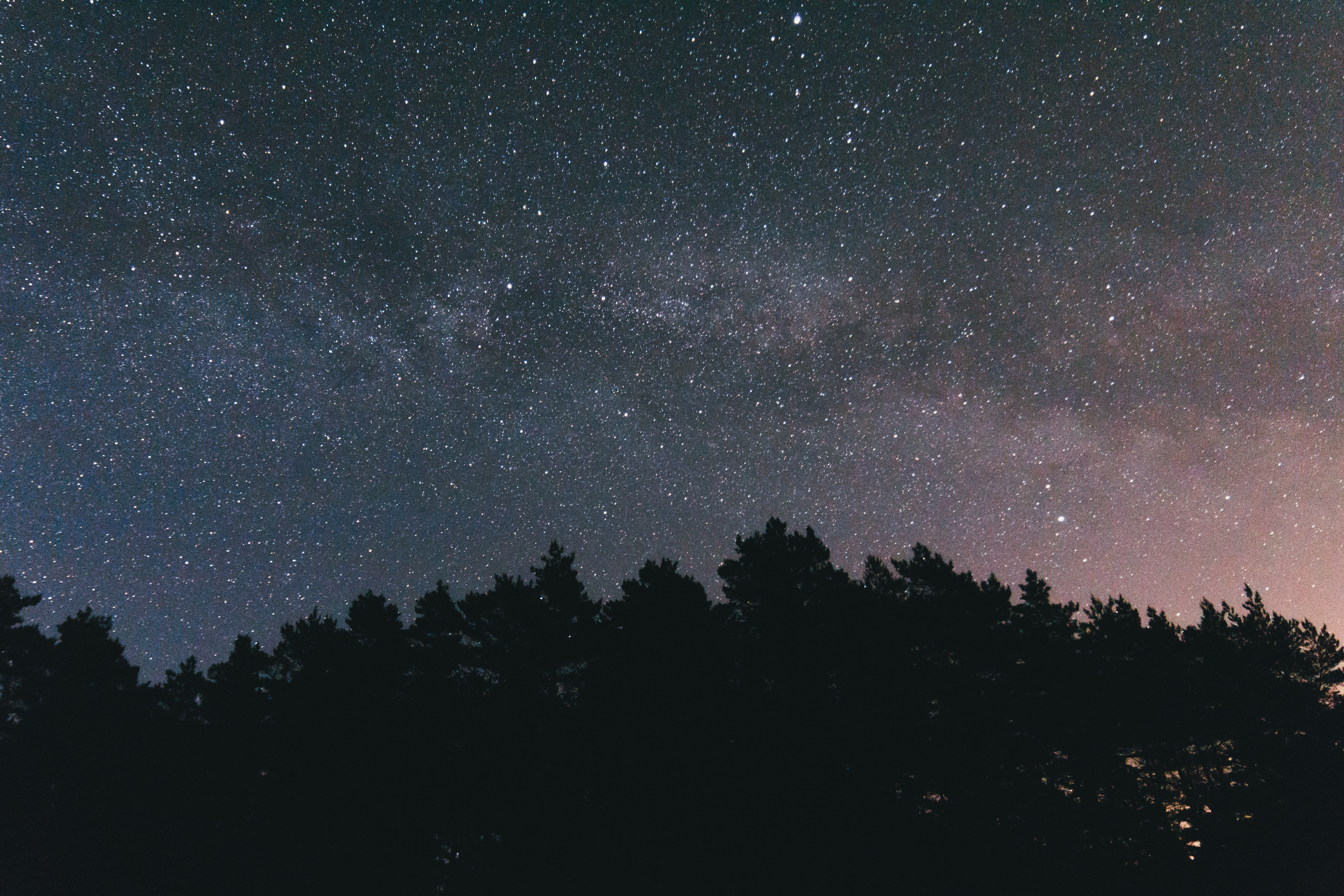DSLR enthusiasts of all levels will likely be familiar with the ISO camera setting. Beyond making an image darker or brighter, what exactly does this setting change about the photo being taken?
ISO sensitivity has got much more to it than the luminant values of the picture. So, what is ISO exactly?
What Is ISO's Meaning? The Origin of the Term
ISO is short for International Standards Organization. Generic, sure, but a moniker steeped in history and intrigue. ISO camera settings as we recognize them today are an approximation of two preceding systems: DIN and ASA.
The DIN system, short for Deutsches Institut für Normung, was institutionalized in 1934, where film speed was measured in "degrees" along a logarithmic scale. This can be compared to the way that decibels are measured currently.
The American Standards Association came out with its own system under the name ASA in 1943. This standard looks much more like the ISO that we know today. The scale was linear, which meant that film stock rated at 200 ASA would be twice as sensitive as 100 ASA film, as opposed to the hundred-fold difference that this would signify under the DIN standard.
In 1979, film speed was standardized under the ISO system across international borders. Photographers around the world were finally snapping together under this newly-unified system.
What Is ISO in Digital Cameras?

You've likely stumbled across the phrase "film speed" on more than one occasion, which may cause confusion.
The speed of the stock has nothing to do with the speed of the lens. Instead, this attribute focuses on the plane of photography. In film photography, this will be the slide of film behind the lens. When it comes to ISO in digital cameras, however, this will be the image sensor.
What Is an Image Sensor?
After the digital revolution, we started to use cameras that opted for a digital sensor that could be used continuously and would never need to be replenished.
We have Willard Boyle and George E. Smith of AT&T's Bell Labs to thank for this. They invented the device in 1969, publishing their innovation in the Bell System Technical Journal the following year.
Their initial intent was to create a superior memory device. After other technicians started to refine their original design, however, the invention found many alternative practical applications. Astronomers found that their ability to photograph objects at a distance was greatly enhanced. These digital sensors were capable of achieving sensitivity 100 times greater than the fastest film stock available at the time. Making the switch was a no-brainer.
The Image Sensor and ISO: Camera Settings for Success
How does an image sensor work? Picture each cascading sheet of incoming light as a sort of "rainfall" of photons.
The image sensor, seated behind the aperture, consists of an array of discrete, light-sensitive units. The official industry refers to these units as pixels, though they do differ slightly from the pixels of, say, an LCD screen.

When the shutter is triggered and released, each of these individual units is briefly exposed to the light from outside the camera's housing. In this fleeting moment, every pixel reads the incoming light and takes on value from its unique position on the image sensor. The sum of these values culminates into what you will recognize as a photograph.
What Does Changing ISO Settings Do?
How does all of this connect to ISO in a camera? The ISO, in essence, is the sensitivity of these pixels to the light that they're reading.
A higher ISO means that each acquired value will be intensified accordingly; subtler sources of light will become more readily received, while properly exposed subjects will appear too bright.
The dynamic range of a camera describes the widest possible gamut of values that the camera can comprehensively convey in an image. Changing your ISO settings will not increase the span of this gamut. Instead, it moves you up and down the ladder, allowing you to choose the rung most appropriate for the conditions that you're shooting in.
Related: What Is an F-Stop and Why Is it Important?
What Is Native ISO?
ISO is measured in blocks divisible by 100, doubling with each incremental step up or down. In other words, ISO 200 becomes ISO 400, as opposed to ISO 300. ISO 400 then becomes ISO 800, and so on.
A camera's native ISO, or base ISO, is the lowest possible ISO rating that the camera offers the user. Because physical film stock cannot be adjusted in this way, the term was not necessary before digital cameras became the norm. Now, we use it to refer to a camera's "ideal" ISO setting, although the best setting to use may differ depending on the light that you're shooting under.
Other sources will use this term to refer to not only the lowest possible ISO setting that a camera can muster, but rather all of the ISO ratings that the camera is capable of. This is without expanding this range manually or through the use of third-party software.
For example, a Canon Rebel T2i can natively shoot anywhere from 100 ISO to 6400 ISO right out of the box. With Magic Lantern installed, however, this range is expanded to include 12800 ISO as well. Doing so may run the risk of damaging your sensor, however.
Related: How to Use Aperture Priority and Finally Get Out of Auto Mode
High ISO vs. Low ISO Photography: When to Use Low ISO Settings
Anything below ISO 100 will be considered a low ISO camera setting. What are the benefits of shooting at a lower ISO?
The higher your ISO is, the more likely your image will be plagued with unsightly artifacts and digital grain. This is because increasing your ISO setting does not increase the amount of light coming in through the lens. When you crank it up, you ask the pixels to pull "new" information from their environment when, in reality, there is no additional information to behold.
The "guesswork" that this results in leads to lots of teeny, tiny little mistakes that will mar the image under the right circumstances. If crystal-clear clarity is your goal, shooting with the lowest possible ISO will be the way to go.
If your given conditions are bright and forgiving, this will be easy. Those shooting in a studio setting or outside during broad daylight will have other means of compensating for exposure should the subject call for it. High-ISO photography will come with few drawbacks in these cases.
Related: How to Take Perfect, Noise-Free Photos Every Time
High ISO vs. Low ISO Photography: When to Use High ISO Settings
If you're shooting at night or under dim light, increasing the camera's ISO sensitivity will help you gain some proverbial traction. The trade-off between perfect clarity and adequate exposure can sometimes be worth the digital noise that may result.

If you're up against the wall in terms of your shutter speed and aperture diameter, ISO may be your only option. Those who enjoy low-exposure photography should invest in a camera that specializes in low-light operation.
The Sony Alpha series was a famous game-changer in this area at the time of its release; the Sony Alpha A7 boasts a maximum ISO rating of 25600. Talk about a little bit of wiggle room.
An ISO Rating for Every Occasion
Just like in every other area of photography, there are no right or wrong answers, only photos that turn out poorly. Make sure that you end up on the right side of the fence by riding your camera's native ISO sensitivity for all that it's worth.
And, if all else fails? The low-fi look is very in right now. The grain-loving hipsters of the world are going to love your work just the same.
